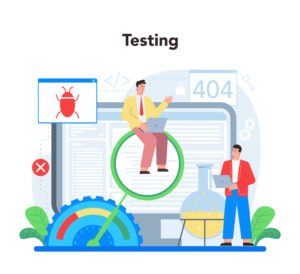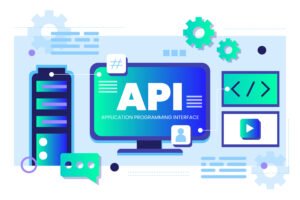In the world of API automation, nothing frustrates QA teams more than flaky tests—tests that sometimes pass and sometimes fail, even though the code and configuration haven’t changed. Flakiness erodes trust in automation, slows down CI/CD pipelines, and wastes valuable engineering time.
In 2025, as APIs grow increasingly complex with microservices, distributed systems, and third-party integrations, tackling test flakiness is not optional—it’s essential for building reliable software at scale.
In this guide, we’ll explore what causes flaky API tests, why they’re so damaging, and proven strategies to eliminate them.

What Is Test Flakiness in API Automation?
Test flakiness occurs when an automated API test produces inconsistent results without changes to the underlying codebase. For example, a test that passes once and fails the next time under identical conditions.
Unlike legitimate failures, flaky tests signal instability in your testing process rather than issues in your application logic.
Common Causes of Flaky API Tests
Flakiness can stem from multiple sources:
Unstable Test Data – Dynamic IDs, timestamps, or frequently changing datasets.
Network/Latency Issues – Slow responses or timeouts in distributed systems.
Poorly Handled Dependencies – External services or third-party APIs causing inconsistent results.
Improper Test Isolation – Shared state between tests leading to conflicts.
Asynchronous Behavior – Delays or race conditions not accounted for in test scripts.
Hardcoded Values – Fixed inputs that break when APIs evolve.
Environment Mismatch – Different configurations across dev, test, and staging.
Why Flaky Tests Hurt QA Teams
- Loss of Trust – Engineers begin ignoring failures, assuming they’re false positives.
- Slowed Pipelines – Builds are delayed by reruns and triaging inconsistent results.
- Increased Costs – More time spent debugging tests instead of building features.
- Blocked Releases – Flakiness can stop production-ready code from shipping.
How to Reduce Test Flakiness in API Automation
Here are proven strategies that leading QA teams use:
Stabilize Test Data
Use synthetic or mock data instead of relying on live production feeds.
Implement data reset mechanisms before each test run.
Implement Smart Waits & Retries
Avoid hardcoded delays; use conditional waits for API responses.
Add retry logic for known transient failures.
Mock or Virtualize External Dependencies
Replace unstable third-party integrations with mock servers.
Tools like WireMock or service virtualization can simulate consistent behavior.
Ensure Test Isolation
Run tests in containers or dedicated environments.
Avoid shared states across test suites.
Improve Environment Consistency
Standardize configurations across dev, test, staging, and CI/CD pipelines.
Use infrastructure-as-code (IaC) for reproducibility.
Use Dynamic Assertions
Instead of hardcoding exact values, validate response structures, schemas, or patterns.
Example: Check that a date is valid rather than exact timestamp matching.
Continuous Monitoring of Test Stability
Track test pass/fail rates over time.
Flag and quarantine persistently flaky tests until resolved.
Example: Fixing a Flaky API Test
Flaky Scenario: A test fails intermittently due to a slow response.
Solution: Replace sleep(5) with a conditional wait:
# Pseudocode Example
response = wait_until(lambda: api_call(“/orders”).status_code == 200, timeout=30)
assert response.json()[“status”] == “completed”
This ensures the test passes when the API is ready, not just after an arbitrary delay.
The Role of AI in Reducing Flakiness (2025 Trend)
Modern QA tools (like Home ) leverage AI to:
Detect patterns of flaky tests automatically.
Suggest probable root causes (e.g., network, data, dependency).
Auto-heal by adjusting retries, waits, or mocks dynamically.
This reduces manual debugging and ensures test suites stay trustworthy.
Conclusion
Flaky tests are more than an annoyance—they’re a serious barrier to reliable API test automation. By stabilizing test data, improving test design, and leveraging AI-driven automation tools, QA teams can dramatically reduce flakiness and build confidence in their pipelines.
In 2025, the winners in API testing will be those who not only automate but also ensure automation is resilient, stable, and trustworthy.
Want to eliminate flaky tests from your QA process? Explore how Home can help build resilient, self-healing API automation at scale.











